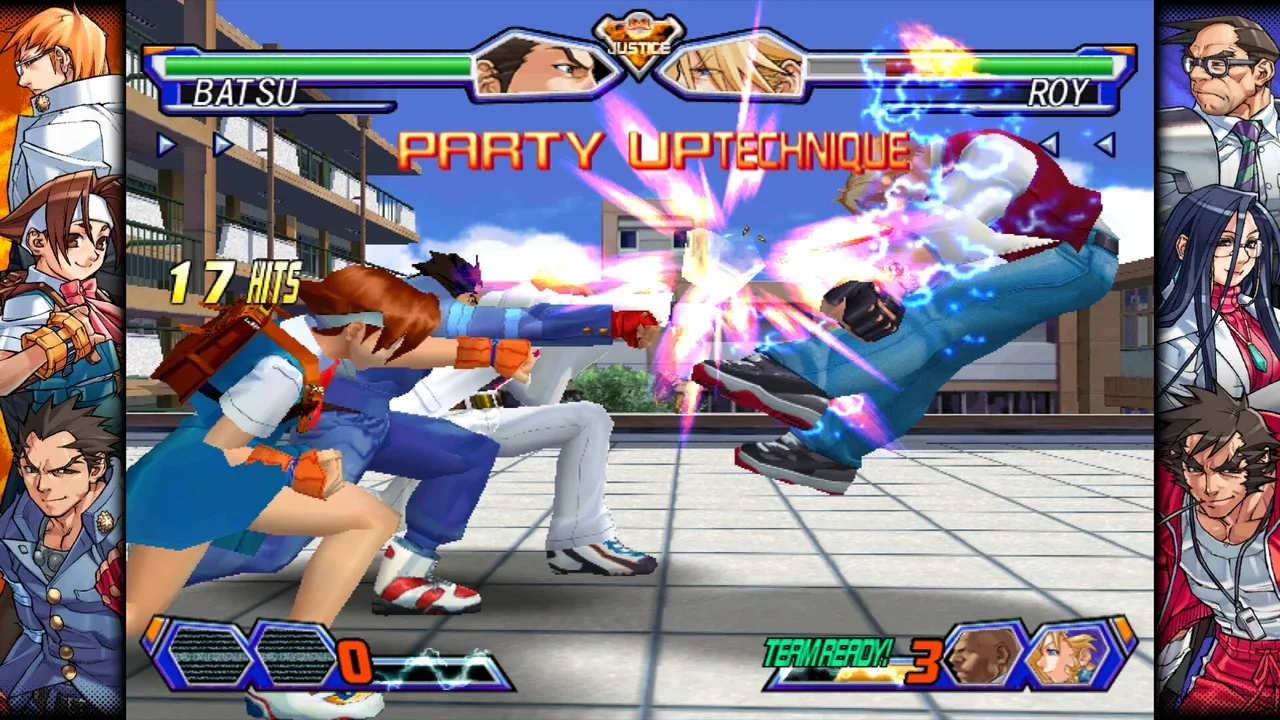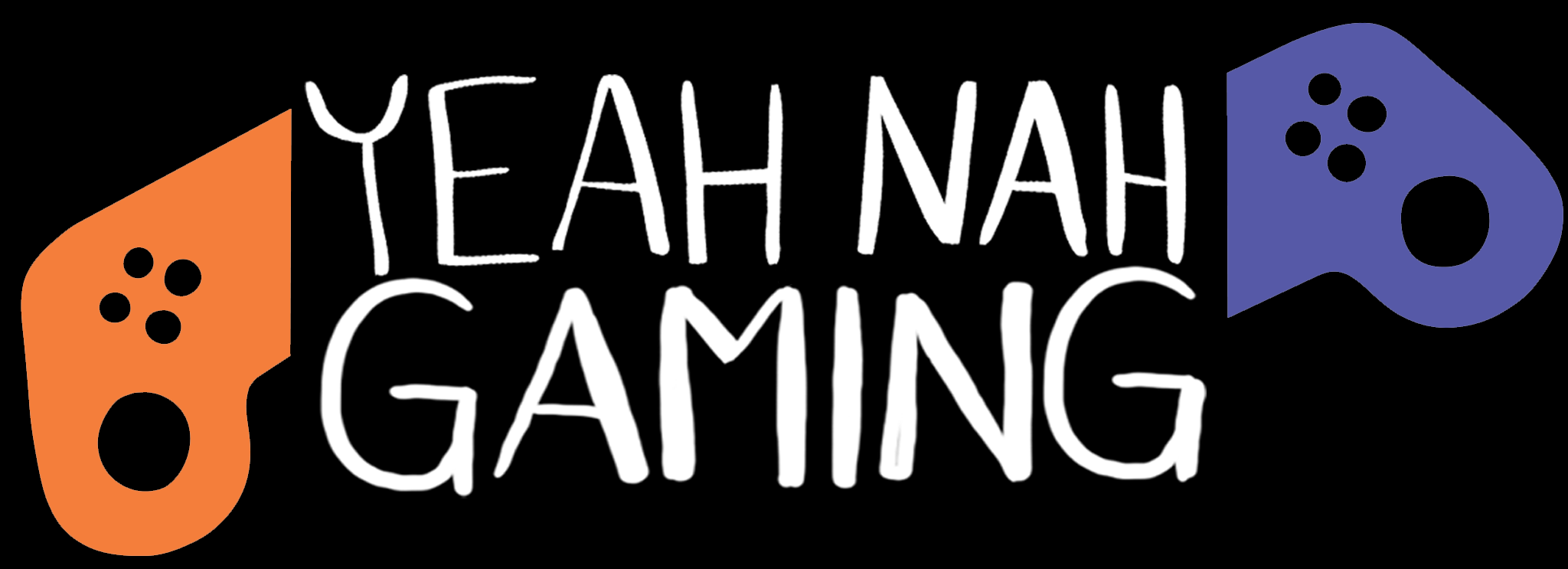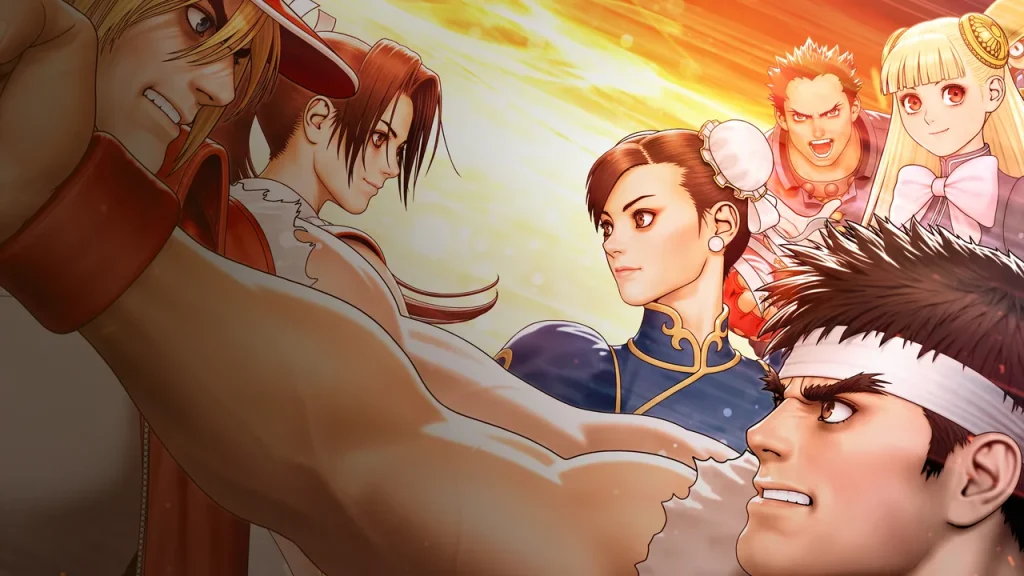Few genres have aged as well as fighting games. Even as new games push new boundaries, the classics remain popular with their communities. It’s not just old heads keeping those “retro” fighters alive, either—in an age of esports popularity and viable netplay (finally!), interest from new players is blooming. That’s something Capcom has been leaning into with its various fighting game collections in the last couple of years: Street Fighter 30th Anniversary Collection, Capcom Fighting Collection, and Marvel vs. Capcom Fighting Collection. Each one collects a handful of arcade ports with training modes, save states for singleplayer modes, art galleries, and, most importantly, online play with decent netcode. With Capcom Fighting Collection 2 now joining that trend, almost all of Capcom’s classic fighting games—a few notable exceptions notwithstanding—are now readily available on modern platforms.
Capcom Fighting Collection 2 puts eight games at your fingertips: Capcom vs SNK, Capcom vs SNK2, Capcom Fighting Evolution (aka Capcom Fighting Jam), Street Fighter Alpha 3 UPPER, Power Stone, Power Stone 2, Project Justice, and Plasma Sword: Nightmare of Bilstein. It’s an eclectic mix, bringing everything from a longtime mainstay of the tournament circuit (CVS2) to the arena combat shenanigans of Power Stone. All of these are the arcade originals running via emulation, ensuring arcade near-perfection at the expense of some of the extra modes and features of older console ports. Both the North American and Japanese versions of each game are available, covering all bases for any regional differences.
Despite this emulation approach, all the included games do have some extra features that weren’t present in the arcade originals: a training mode, hidden characters (formerly unplayable boss characters, usually), and an option to switch between original and remixed soundtracks. Some games make other minor graphical changes.

The highlight of this collection is, easily, Capcom vs. SNK 2. It’s a game with a storied history among competitive players, up there with Marvel vs Capcom 2 and Street Fighter III: 3rd Strike. Characters from Street Fighter, Darkstalkers, King of Fighters, Samurai Shodown, and many others all duke it out in 3-on-3 battles, with the unique Groove system letting players experiment with different mechanics and playstyles. Six different grooves give players access to tools from Capcom and SNK’s earlier games, like 3rd Strike’s parries and Samurai Shodown’s rage mode. What it lacks in balance—some grooves are just outright stronger than others, and certain groove/character combos are extremely powerful—it makes up for in scope to explore different team compositions and fighting styles. It’s not just about synergy between characters, but how each of your combatants interacts with the tools available in your chosen groove.
Capcom vs SNK 2 is the one game that somewhat deviates from the matra of arcade perfection, although it’s arguably better for it. The arcade version of the game had a bug that became a defining feature of high-level competitive play—without getting into technical details, there’s a way to make special attacks invincible when using certain grooves. Broken? Maybe, but it nonetheless was part of the game, and the competitive meta evolved around that. Later ports to Xbox and GameCube patched that bug out, making those versions a markedly different experience, at least at a tournament level. While the CVS2 in Fighting Collection 2 is the arcade version, it includes an option to switch between “Original” (with said bug) and “EO Mode” (without said bug). The decision to make “EO Mode” the default despite the original being the competitive standard is an odd one, but at least the option to switch is there.
The other highlights are the Power Stone games. To this day, there’s nothing else quite like them: they’re arena-based fighting games that seem to take as much inspiration from beat-’em-ups and 3D platformers as typical one-on-one fighters. Battles take place in a small-ish arena full of environmental details you can use to your advantage, objects you can pick up and throw, and so on. The influence of more traditional fighters is clear in character designs and move sets, but the goal was clearly to create a different sort of fighting game that’s less technical and more dynamic—a goal that Power Stone delivered well, and Power Stone 2 perfected. Like I said, there’s really nothing else like it, and before Capcom Fighting Collection 2, the only home versions were on Dreamcast and PSP.

The rest of the collection is rounded out with a mix of influential but hard-to-find games, deep cuts, and historic curiosities. Capcom vs SNK will inevitably be overshadowed by its sequel, but it’s still a fantastic game in its own right. Project Justice is the culmination of Capcom’s early experiments with 3D fighters, and a neat example of putting a more story-focused mode in an arcade game. Despite its strong reputation, the only ever home release was on Dreamcast, so Capcom Fighting Collection 2 is a chance for it to reach a much wider audience.
The last three games share a common theme: they’re all games that weren’t very well received when they first came out. Street Fighter Alpha 3 Upper was an update to Street Fighter Alpha 3 that added some extra characters from the original game’s console ports, but also made some controversial balance changes and had some technical issues. Plasma Sword wasn’t terrible, but it was a mediocre game at a time when Capcom was putting it banger after banger. Capcom Fighting Evolution was Capcom’s attempt at an internal crossover game, but budget constraints and scope changes left the final product feeling rushed and underwhelming—a shame for a game with so much potential..
But lukewarm as they are, I’m glad they’re included. They still have a place in Capcom’s history, after all, and have the same right to preservation and ready access for those who are curious. In the case of Street Fighter Alpha 3 Upper, this is the first English release for this particular version. And who knows, maybe this collection will be Fighting Evolution’s shot at the EVO stage? Jokes aside, including them in a collection is a good way to preserve them, although perhaps the balance is a bit off when three of the eight included games are little more than a novelty. Swap out one of them for Rival Schools or Jojo’s Bizarre Adventure (licensing hurdles notwithstanding) and this compilation would be a much stronger sell.

As well as the games themselves, Capcom Fighting Collection 2 includes a music player and an art gallery with concept art, design documents, and the like. It’s all standard stuff for a collection of this sort, with a reasonably extensive archive to peruse, but it doesn’t quite reach the heights of the likes of Samurai Showdown Anthology—still the gold standard for museum modes, just in terms of how thorough and comprehensive it is.
All told, Capcom Fighting Collection 2 is another strong collection, even if a few of the games are a little forgettable. Capcom vs SNK 2 is the real star here, bringing one of Capcom’s best—and most competitively popular—games to modern platforms at a time when the fighting game community is really flourishing. Others, like Power Stone and Rival Schools, showcase a particularly creative era of Capcom’s history. With this release, almost all of Capcom’s classic fighters are available.
Almost. Who do I need to talk to to get Jojo’s Bizarre Adventure in Fighting Collection 3?
PlayStation 4 version reviewed with a review code provided by the publisher.
Capcom Fighting Collection 2 brings another eight classics to modern platforms, complete with high-quality netcode for online play. Capcom vs SNK 2 is the clear highlight, but the rest of the mix shows off Capcom's more creative side.

